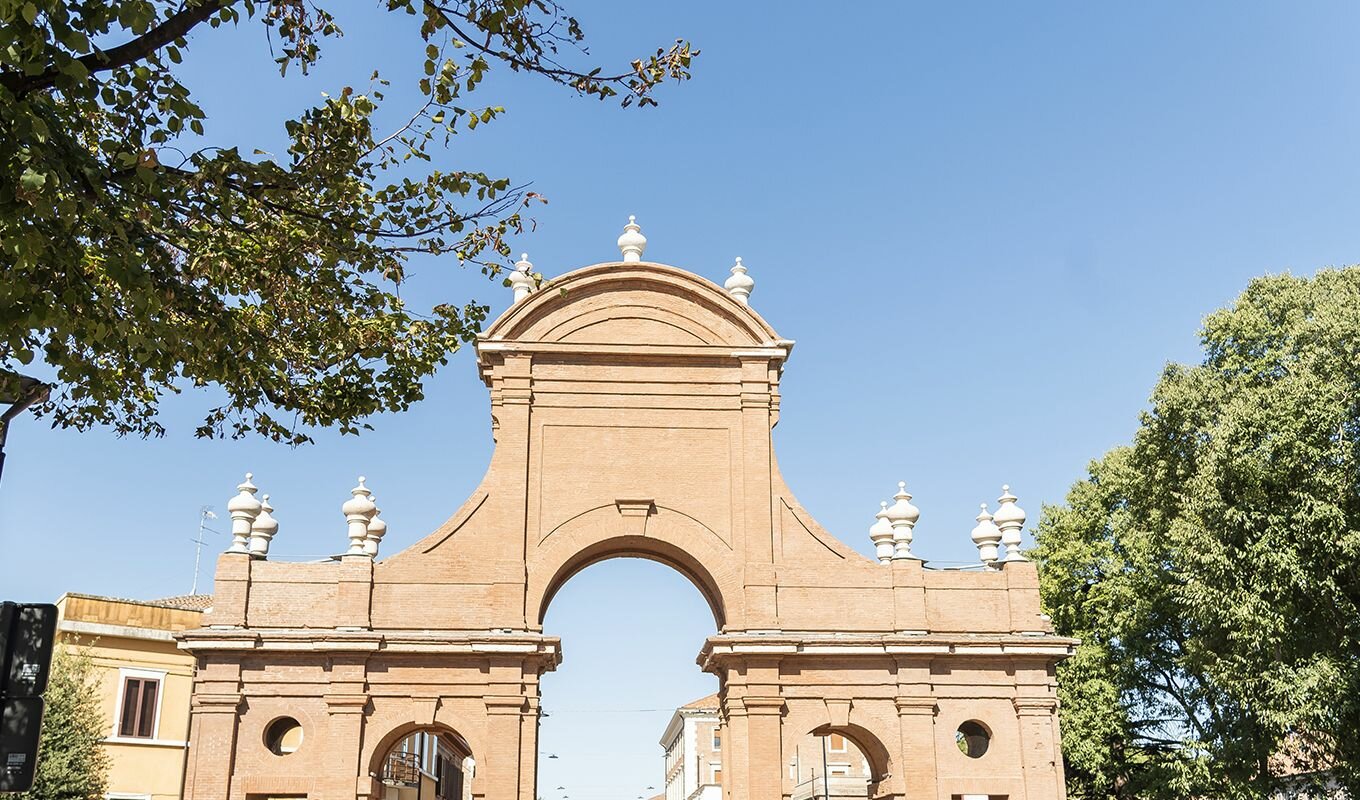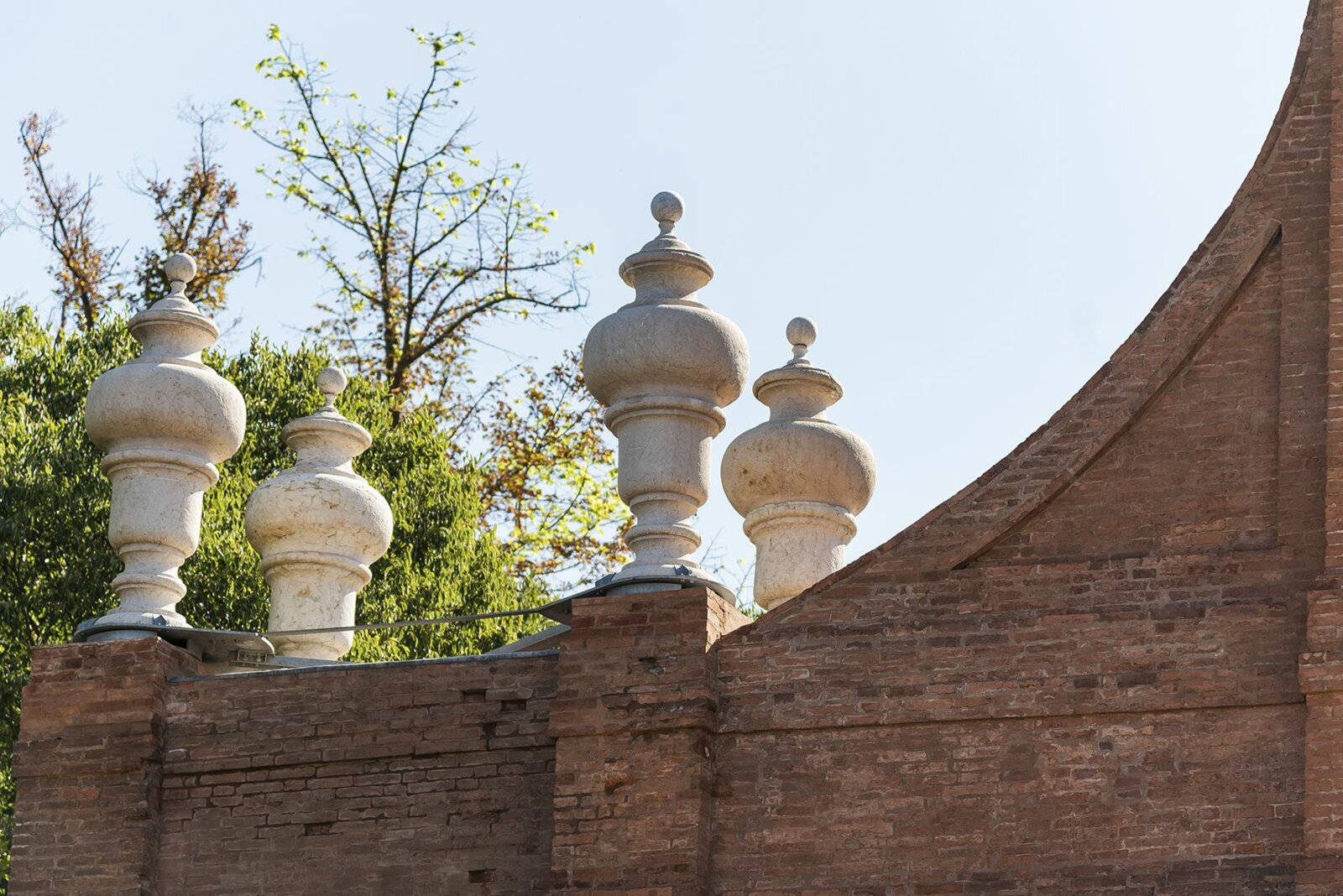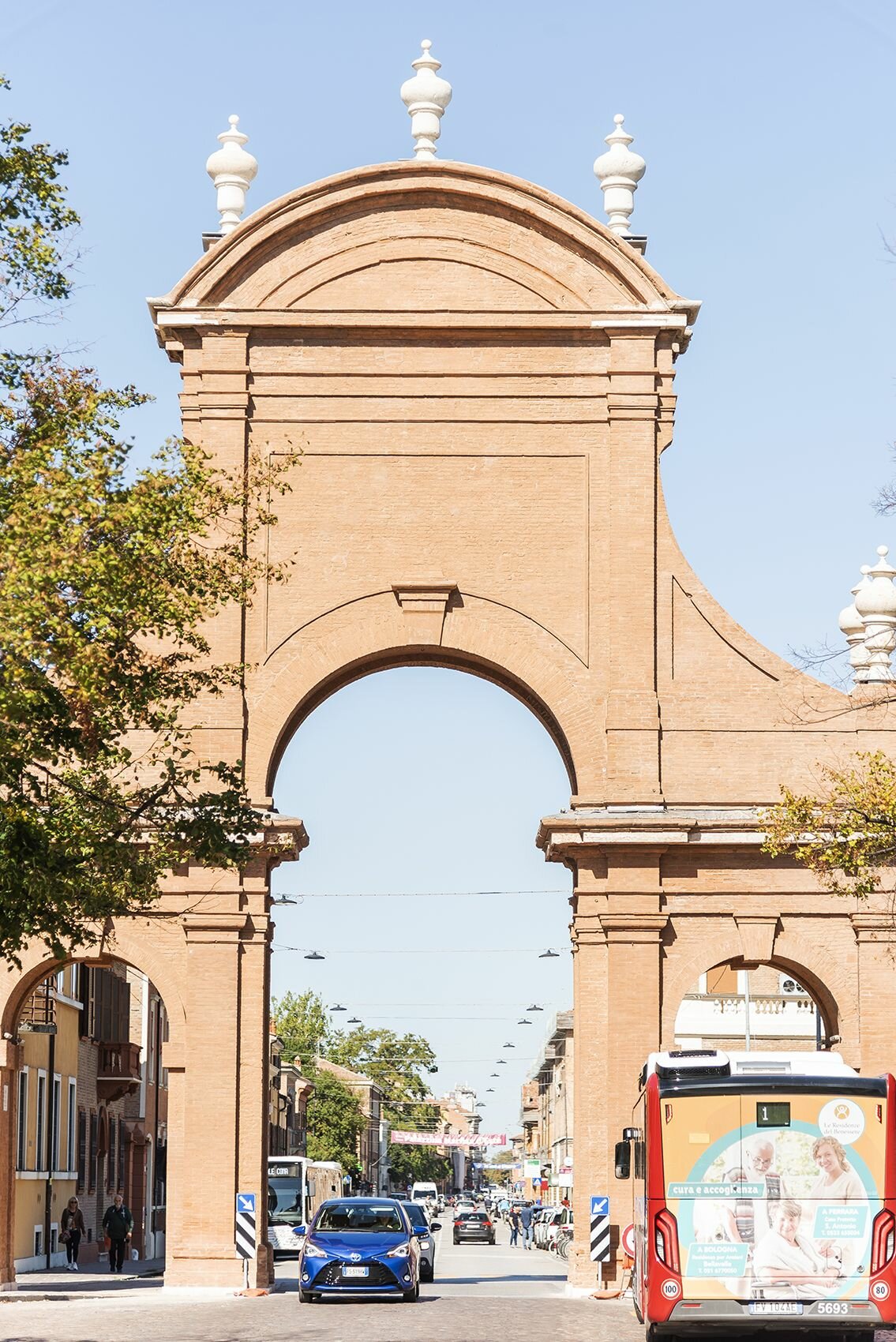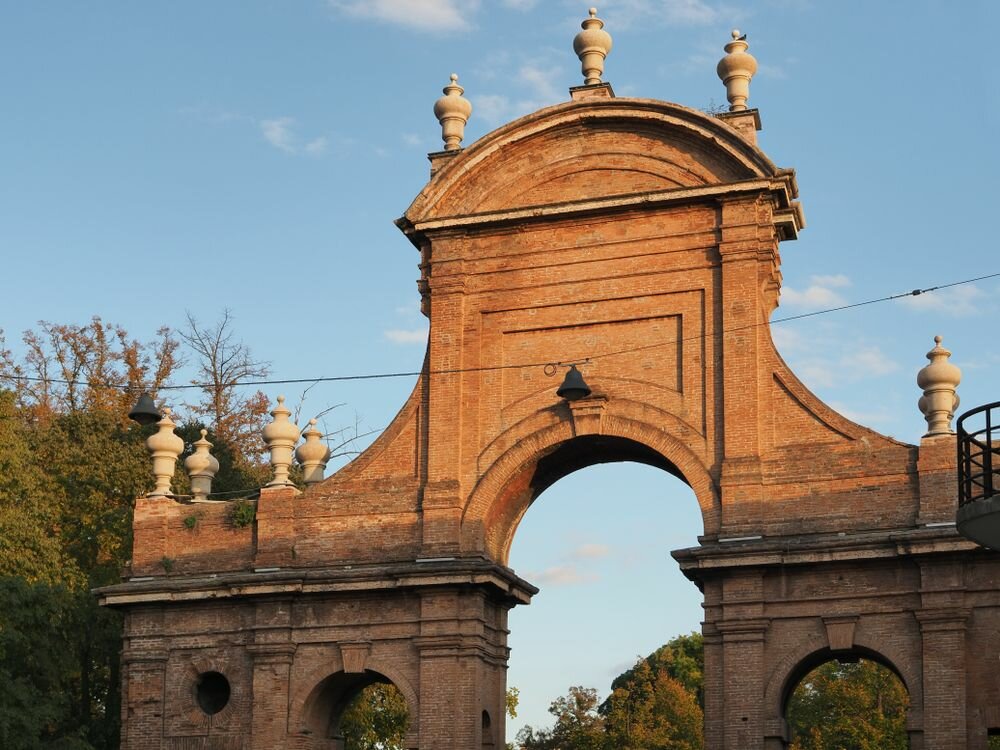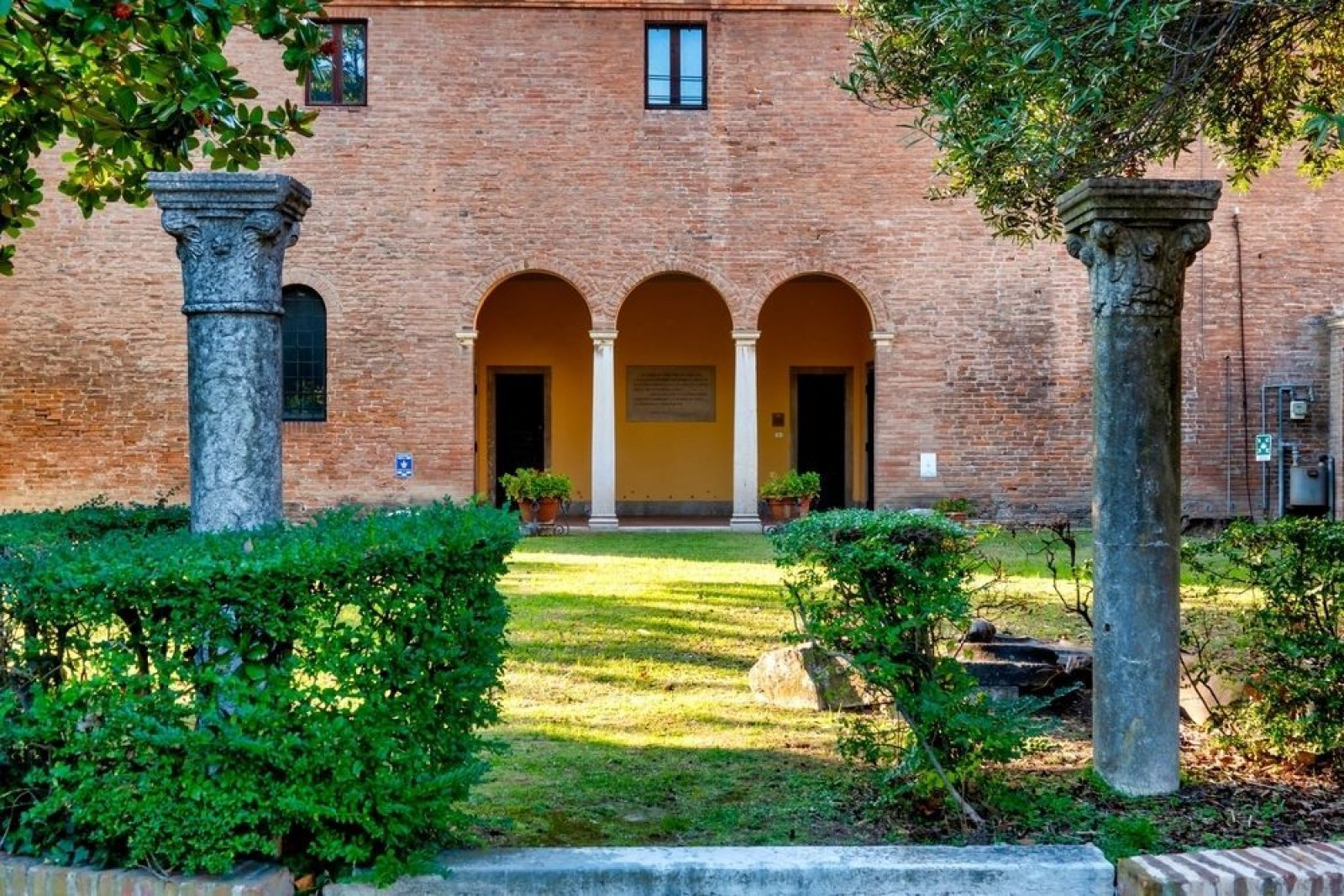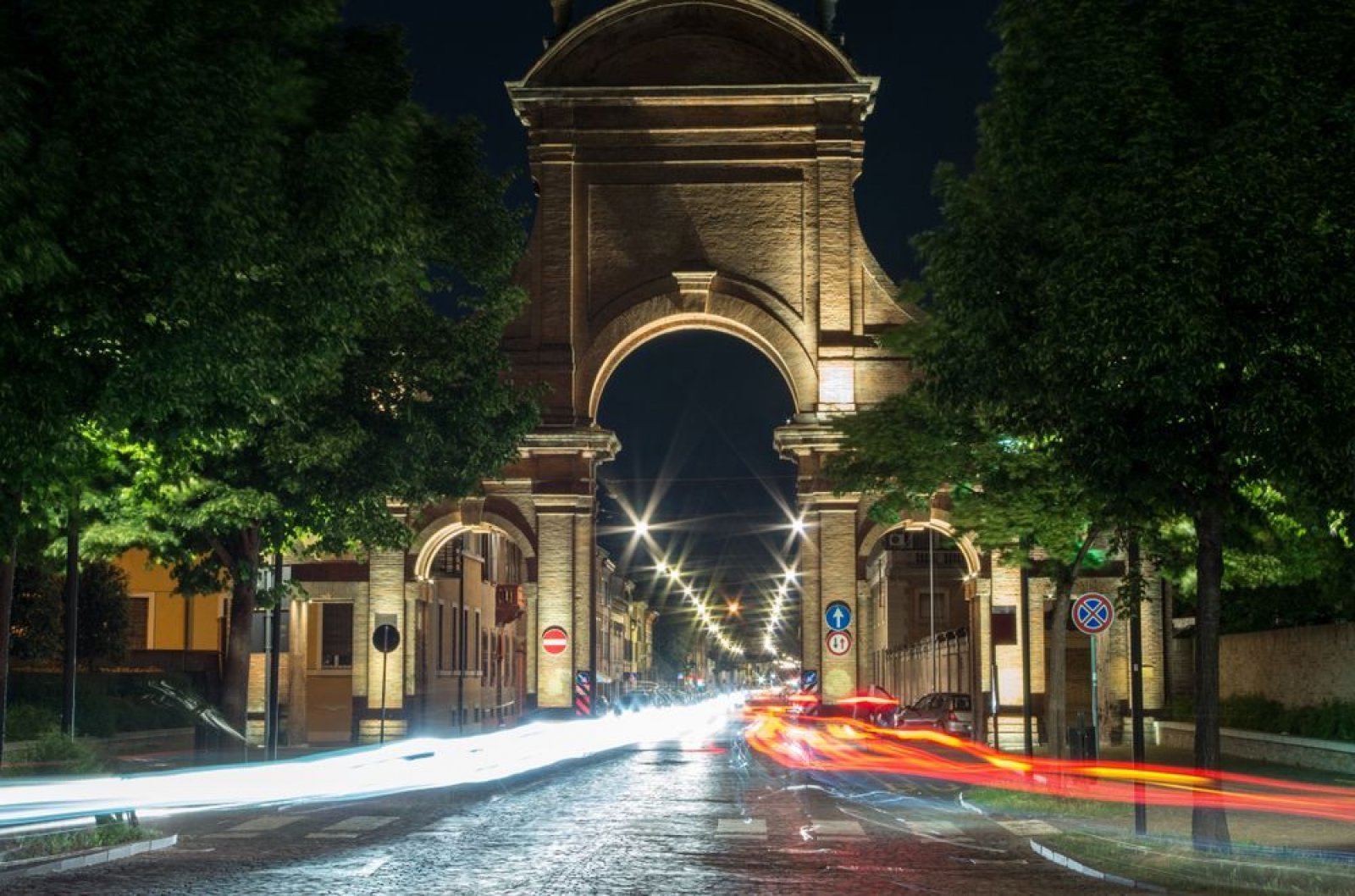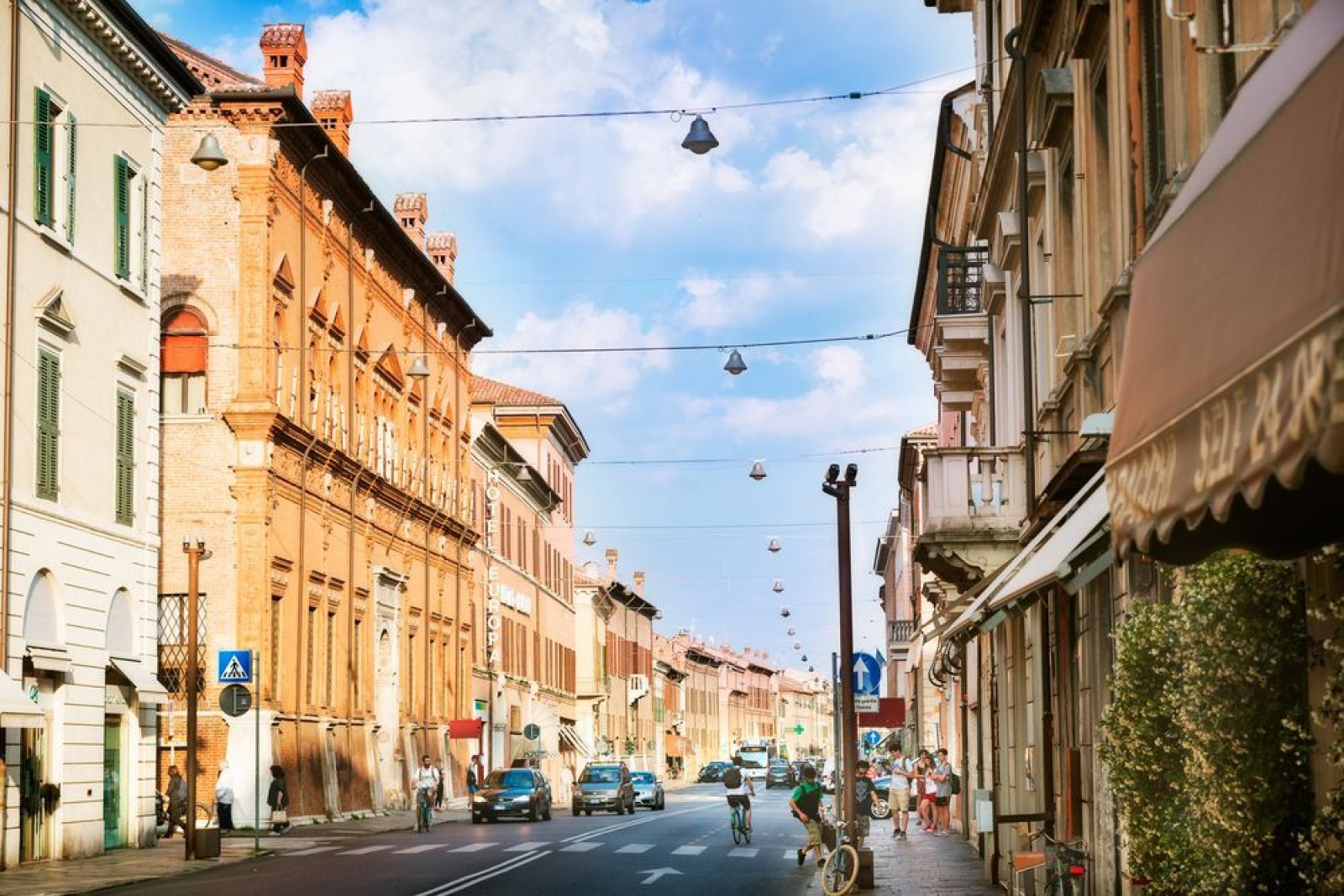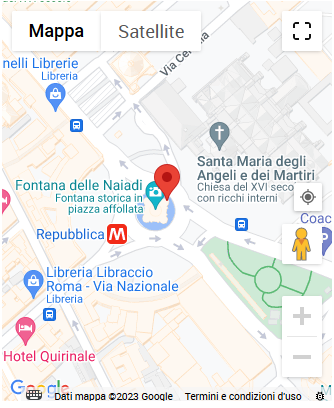Potrebbe interessarti anche

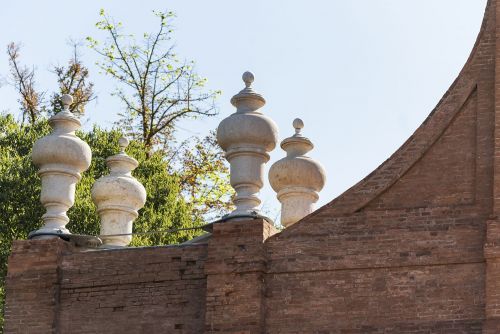
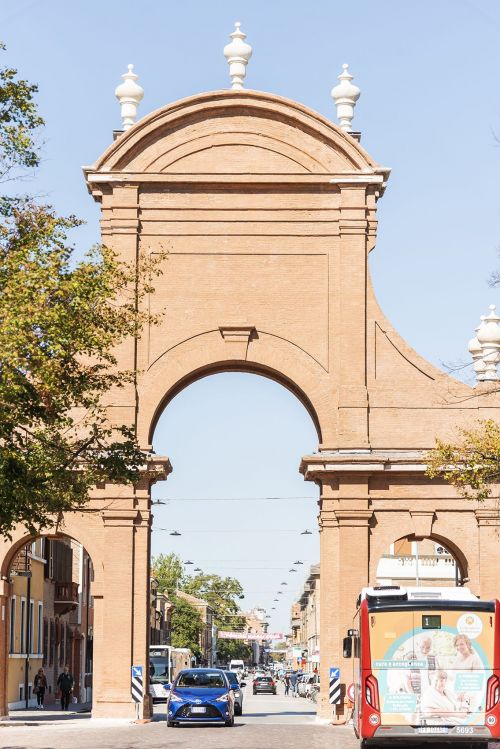
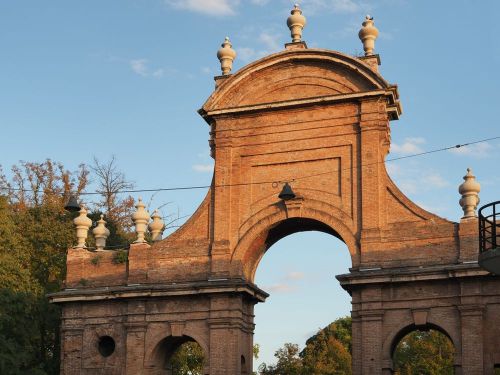
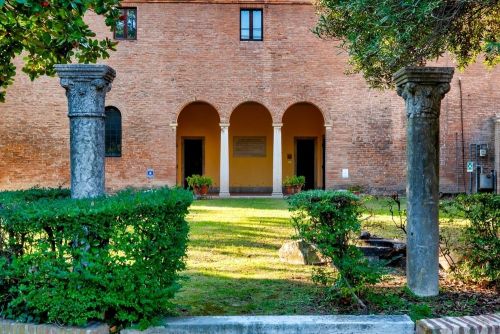
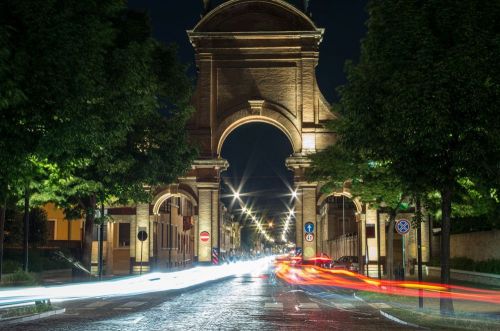
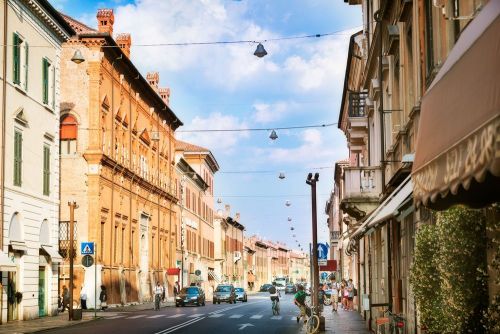
Corso Giovecca
In the area of the ancient moat of the medieval walls, today runs one of the two main arteries of the city centre: Corso Giovecca. Along this street, you can admire period palaces, important buildings and places of special interest that describe the historical stages of Ferrara's evolution. Corso Giovecca divides with its straight line the medieval city from the Addizione Erculea. The latter was the Città Nova, the urban expansion promoted by Duke Ercole I d'Este and designed by the famous architect Biagio Rossetti.
Along Corso Giovecca, starting from Piazzale Medaglie d'Oro and from the so-called Prospettiva, moving towards the historic centre, you will see some outstanding buildings such as the Palazzina di Marfisa until the Estense Castle. In front of the Castle you can find the previsous Monte di Pietà, marking the intersection of the end of Corso Giovecca and Corso Ercole I d'Este. The mid-18th-century palace stands on what was called the Padiglione, or Garden of the Este Princesses. Here the rulers received the pledges of the poor e to whom they owed a third of their earnings.
This street is a perfect route to admire the city by walking from the centre to the city walls and back in just over a kilometre.
Prospettiva of Corso Giovecca
The ends of Corso Giovecca offer two striking views to passers-by: on one side the imposing Castello Estense opening onto Corso Ercole I d'Este and on the other an 18th-century structure which guides the eye towards the horizon through scenic arches and monumental staircases. This is called Prospettiva or Perspective.
The first version of the Prospettiva di Corso Giovecca was built between 1703 and 1704 by Francesco Mazzarelli, replacing a gateway to the city that cut through the walls. The most significant transformation of the monument took place in the 30s, following the widening of the Corso. At that time, the two side arches were added to the monument that today allow pedestrian passage, and the structure of Piazzale Medaglie d'Oro was revised, further improving its view towards the vanishing point at the end of the Corso.
Whether entering or leaving, we advise you not to miss the opportunity to cross and admire this very special piece of architecture.
You may not know about...
CAROSELLO. You might hear someone call the Prospettiva as "Carosello" because of its peculiar shape remembering the logo of a famous television program of the 1960s and 1970s. Carosello was an advertising break aired after the news: all the children looked forward to that last moment of entertainment before going to bed!

